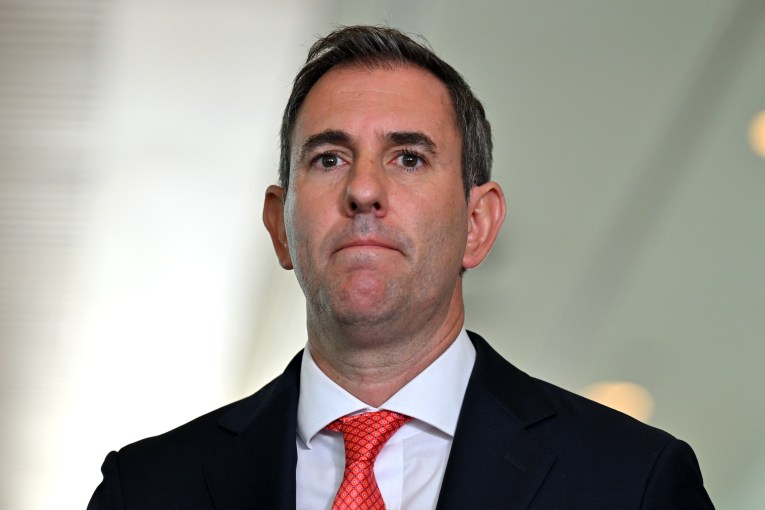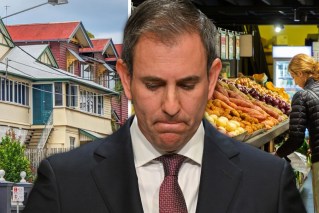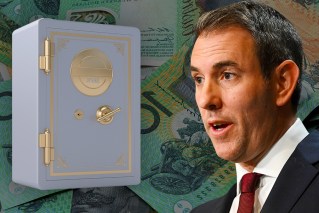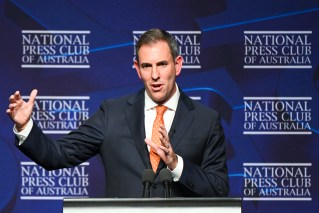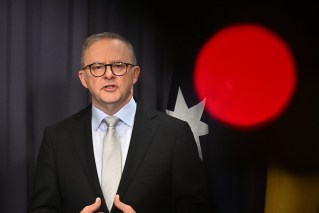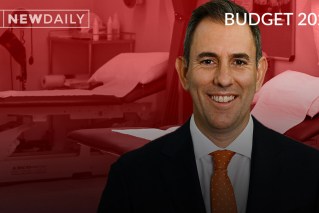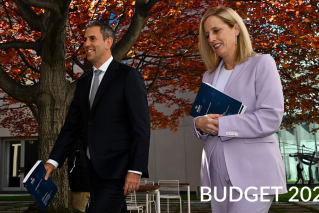Only 0.038 per cent: How Australia’s ‘gender-blind’ budget leaves women behind

The federal budget takes a gender-neutral approach to stimulus, but the outcomes will largely benefit men. Photo: AAP
The Me Too movement that burgeoned in 2017 was supposed to herald systemic change to the way women are treated in this country.
Yet 2020 has been a uniquely difficult year for Australian women, with a pandemic-driven recession resulting in high job losses, increased unpaid caring responsibilities and, in some instances, prolonged lockdown with abusive partners.
And now, as described by some we have a ‘blue budget’ for a ‘pink recession’, in that the federal government’s budgetary response to these issues has been to throw money at infrastructure projects.
Treasurer Josh Frydenberg told ABC’s Insiders to “look at [the Coalition’s] track record” on Sunday after being grilled by host David Speers on why so little funding was targeted at women.
“Prior to going into this crisis, female workforce participation had reached a record high. The gender pay gap had started to close,” Mr Frydenberg said.
And although Mr Frydenberg acknowledged Australia’s economy had been drastically changed by COVID-19, he noted 60 per cent of jobs that have come back since the height of the pandemic were occupied by women.

Infrastructure was one of the winners in the federal budget. Photo: Getty
The government says that all measures in the budget are available to all Australians, and that the budget isn’t gendered.
To say that is to deny we have a workforce that is often segregated by gender, that feminised industries attract lower rates of pay, and that we still have a significant pay gap in this country.
It is to deny that women – particularly Indigenous women, women of colour, LGBTIQ+ women and women with disabilities – continue to experience significant discrimination and sexual harassment in the workplace (to say nothing about the barriers to getting a job in the first place).
And it is to deny that women continue to shoulder the majority of caring responsibilities, and that women are disproportionately the victims of family violence.
All of these factors have significant and detrimental financial implications for women.
The government says it has created a budget for all Australians, a gender-blind budget.
But in a patriarchal society such as ours, a gender-blind budget is one that caters to the needs of men.
In the average year, this is a problem. But in 2020, it’s a catastrophe.
It’s no secret that women have been hardest hit by the pandemic and the resulting recession. Job losses have been highest in female-dominated industries such as accommodation, hospitality and retail.

Women were hard hit by the pandemic, with thousands losing their jobs. Photo: AAP
Despite this, the budget contains no targeted measures to help those industries recover, instead investing $14 billion in infrastructure projects.
The vast majority of jobs that flow from that investment will be filled by men.
This budget includes almost no new funding for child care.
Not only is child care a female-dominated profession, but for women with children, its availability and affordability is a key factor in their ability to work.
No effort to support women in obtaining work en masse can be taken seriously without the provision of affordable, reliable and safe child care.
This budget does nothing to address female poverty, and make no mistake, poverty is gendered: even before the pandemic, women over 45 were the most likely cohort to be in receipt of JobSeeker, and the fastest-growing group of homeless people in Australia.
Payments have been temporarily increased, but it appears likely that by the end of the year recipients will be plunged to a benefit that is between almost $200 (for single people) and $380 (for a couple with two children) a week below the Australian poverty line.
Even on the government’s favourite topic, tax cuts, the budget skews male.
The value of the tax cuts increases with income, and ATO data shows that women disproportionately fall within low- and middle-income percentiles.
With those earning $120,000 or more a year receiving the highest windfall, and with men making up almost 80 per cent of Australians earning more than $110,000 a year, men will receive the vast majority of the benefit.
Again, the government’s supposedly gender-blind budget will result in wealth being disproportionately redirected to already wealthy men.
In response to critiques, Prime Minister Scott Morrison’s office has reportedly asserted that “no one credible” would claim that this budget is bad for women, pointing to the announcement of $240 million for ‘female workforce participation’.
But this figure amounts to only 0.038 per cent of the total budget; and is less than the government is investing in domestic waste management (a male-dominated industry).
And it is dwarfed by the $14 billion budgeted for new and accelerated infrastructure projects (another male-dominated industry).
If the government genuinely believes that 0.038 per cent of the budget is going to address the massive job losses women have experienced this year, let alone the societal, structural and institutional barriers against women’s advancement, we should all be very concerned.
Some have said that the pandemic gave us a once-in-a-lifetime opportunity to remodel our country into one that is fairer, kinder and more equitable.
That opportunity is being squandered and instead systemic discrimination against women is being further entrenched to the detriment of women now and for generations to come.
Giri Sivaraman and Paloma Cole are workplace lawyers in Maurice Blackburn’s Brisbane office

